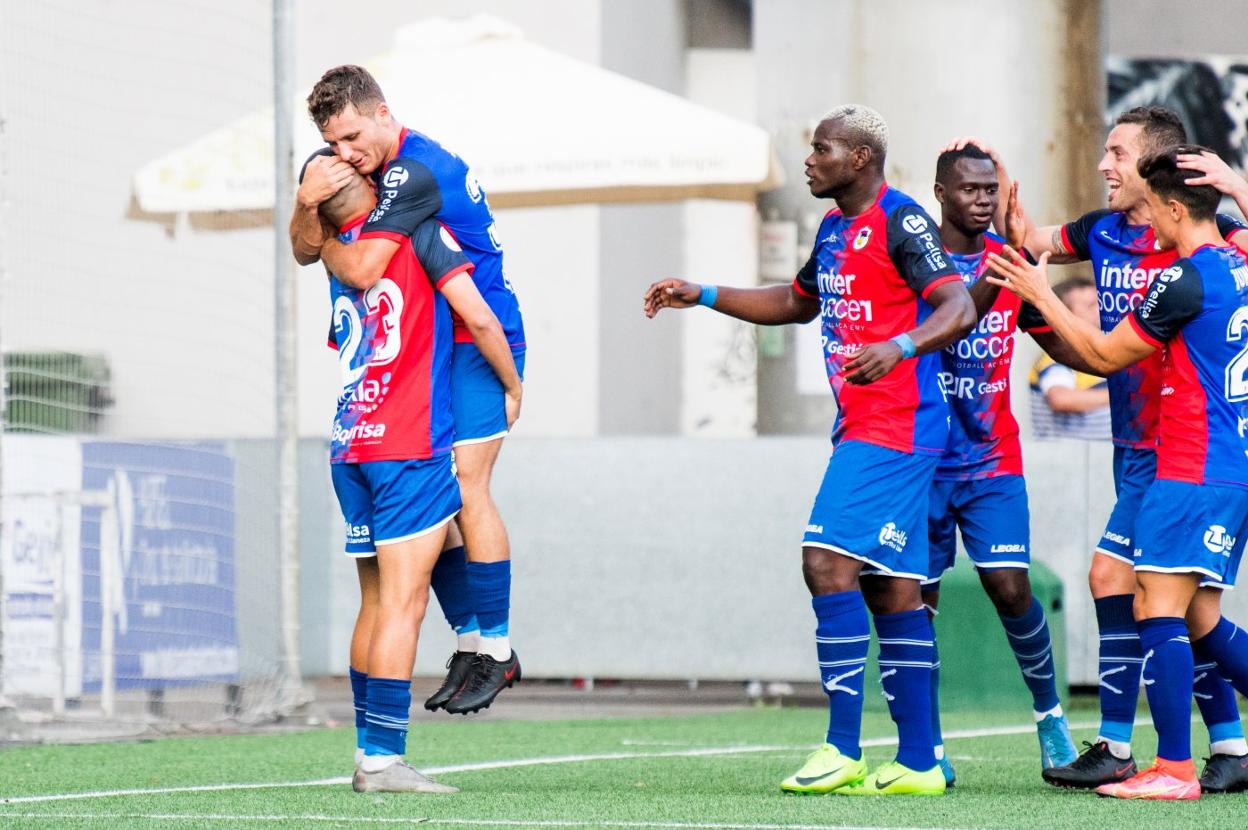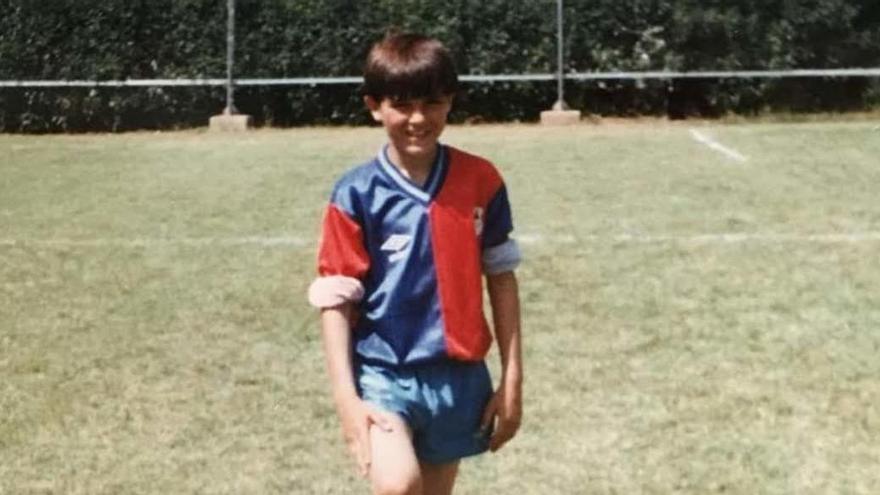A union club in the middle of Asturias

In 1961, two important teams decided to work together to represent the central city of Langreo, playing many seasons in the Segunda División. The merger club failed to stay up until modern times and is currently seen as one of the most historic sides of Asturian football. Welcome to…Langreo.

An industrial city
Located in the center of Asturias, Langreo has always been known for its mining and metallurgic industry, which, of course, has been generating less income since the industry’s collapse. The city, in Asturian called Llangréu, still has around 40,000 inhabitants, making it the fourth-largest Asturian place, and keeps on exploiting its industrial past in other ways, such as through museums, in its coat of arms, and in the logo of its football club.

Racing de Sama
The first club to be born in Langreo was Sama FC, refounded in 1915 as Racing de Sama, which represented the Langrean district of Sama. Racing, which took on the name of Club Langreano after the prohibition of foreign names in 1941, went on to play many seasons in the Tercera División and to win the prestigious Spanish Amateur Cup.

Círculo popular La Felguera
La Felguera is another district of Langreo and was the home of CP La Felguera, a 1907-founded club that was not just a football club but also a cultural association. Just like Racing de Sama, La Felguera reached the Tercera División in the 1940s, but unlike its neighbor, La Felguera achieved promotion to the Segunda División in 1953. The Asturian side would remain in this tier for five seasons.

From a rivalry to a merger
As these were the two big teams in Langreo, there existed a fierce rivalry between the samenses and felguerinos. It should be added that this derby was not only based on the ‘hegemony’ in the city but also on the long-lasting rivalry between the two districts.

However, after some failed attempts by the circulistas to return to professional football and many more unsuccessful tries by the racinguistas, some people started to suggest a merger to accomplish the goal of promotion. Moreover, it was deemed for the good of Langreo if the rivalry between the two districts was tempered through football.

This led to the fusion of Racing de Sama, a.k.a. Club Langreano and CP La Felguera. The goal was to represent both clubs equally well, so many fair terms were agreed, among which:
- The club name would be Unión Popular de Langreo (“Popular Union from Langreo”).
- The kit would be half blue, a tribute to Racing de Sama, and half red, for La Felguera.
- The president of Langreo would be the ex-president of La Felguera, while the new vice-president would become the ex-president of Racing. The rest of the board of directors will be composed of an equal amount of ex-directors of both clubs.
- Half of the members’ meetings would be held in Sama, the other half in La Felguera.

Goal accomplished
As hoped, Langreo achieved promotion to the Segunda in the first season of its existence. Between 1962 and 1972, the unionistas participated eight times in this division, which lifted them to the fourth place in the all-time ranking of Asturian football, a place that they still occupy.

After this golden era, Langreo’s ceiling would be the third division. The Asturians qualified for the first season of the Segunda División B in 1977 and would play around 20 seasons in this division. If the azulgranas were not present in the Segunda B, they were present in the Tercera. Since Langreo’s relegation in 1972, these have been the only two leagues in which the club has played. Since 2018, the langreanos have been present in the Segunda Federación, being one of the strongest Asturian teams after Real Oviedo and Real Sporting de Gijón.
.jpg)
The future
After the promotion in 2018, Langreo has been able to finish every season calmly in the middle of the table. The unionistas hope to continue doing so in the upcoming seasons or even to achieve promotion, which could turn them into the first Asturians to ever play in the Primera Federación. This was…Langreo.

Sources
- http://lafutbolteca.com/union-popular-de-langreo/
- http://www.uplangreo.com/historia/lafusion.html
- Borchers, L. (2021). GOLAZO. Self-published.
- Borchers, L. (2022). CARA O CRUZ. Self-published.
Leave a comment